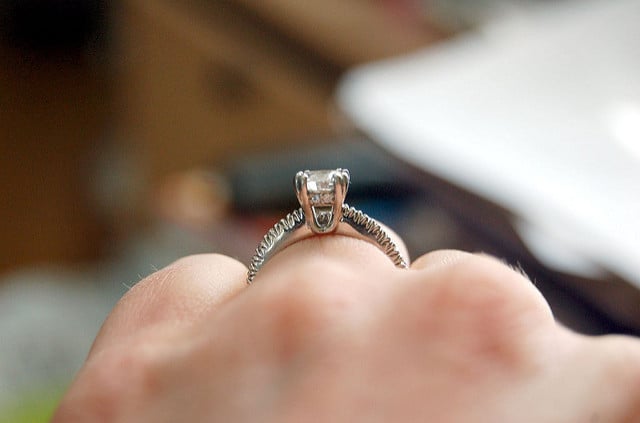Prong Setting Gems: A Beginner’s Guide
Using prongs is the most common way to secure a gem to a jewelry piece. Learn basic prong setting procedures and how to make a variety of adjustments.
11 Minute Read
For your jewelry to look good and the gems to stay secure, you must learn to set your stones correctly. This will take some practice. Start with the easiest gems to set: thin cut, but not too small, round stones like diamond and cubic zirconia. Then, try deep, “belly cut” rounds. Next, proceed to ovals and other fancy shapes. Although tiny gems are simple, they pose their own challenges simply due to their size. You can attempt these once you familiarize yourself with prong setting tools and procedures.
The prong setting process is fairly complex, due to the number of factors you must keep in mind. However, it requires just average eye-hand coordination and a healthy desire to learn.
Required Tools for Prong Setting Gems
- Magnification, such as a head or glasses loupe, that leaves both hands free.
- Burrs and lubricant.
- Pliers.
- Small parts tray.
- Tweezers or “pick up stick” (a toothpick with stick tack).
- Felt tip pen.
Setting Notches
Most prong settings come with long wires or bars you’ll need to notch and shorten. (You can also find pre-notched “Easy Mounts.” They’ll save you time and labor but still require a…
Donald Clark, CSM IMG
Donald Clark, CSM founded the International Gem Society in 1998. Donald started in the gem and jewelry industry in 1976. He received his formal gemology training from the Gemological Institute of America (GIA) and the American Society of Gemcutters (ASG). The letters “CSM” after his name stood for Certified Supreme Master Gemcutter, a designation of Wykoff’s ASG which has often been referred to as the doctorate of gem cutting. The American Society of Gemcutters only had 54 people reach this level. Along with dozens of articles for leading trade magazines, Donald authored the book “Modern Faceting, the Easy Way.”
Related Articles
Demantoid Garnet Faceting
Robert Casting Platinum
Reverse “P”: Faceting Design Diagram
What Magnification Tools Are Used for Jewelry Making?
Latest Articles
800 Years of Mogok: A Celebration in Tenuous Times
What is the Average Gemstone Faceting Yield?
Pyroxmangite Value, Price, and Jewelry Information
How to Identify Emerald Simulants and Synthetics
Never Stop Learning
When you join the IGS community, you get trusted diamond & gemstone information when you need it.
Get Gemology Insights
Get started with the International Gem Society’s free guide to gemstone identification. Join our weekly newsletter & get a free copy of the Gem ID Checklist!
